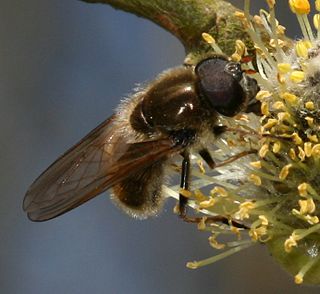
Cheilosia albipila is a European and Palearctic species of hoverfly. Like most Cheilosia it is black, and because of this may often be overlooked as a hoverfly. It is little recorded but probably widespread and common and maybe overlooked because adult flight periods are early in the year, before many hoverfly recorders are active.

Cheilosia carbonaria is a European species of hoverfly. Like most Cheilosia it is black, and because of this may often be overlooked as a hoverfly. It is little recorded, and is considered rare and scarce throughout most of its range.
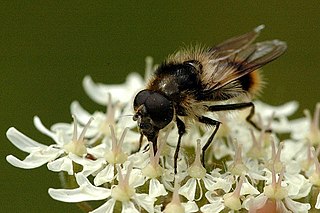
Cheilosia illustrata is a species of hoverfly belonging to the family Syrphidae.
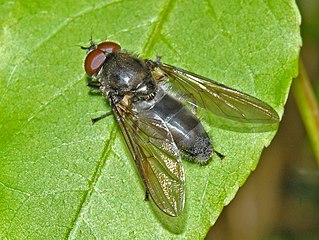
Cheilosia variabilis, common name figwort cheilosia, is a species of hoverfly belonging to the family Syrphidae.

Cheilosia mutabilis is a European species of hoverfly. Like most Cheilosia it is black, and because of this may often be overlooked as a hoverfly. It is little recorded, and is considered rare and scarce throughout most of its range.

Cheilosia grossa is a widespread European species of hoverfly. Adults can be found in spring on sallow catkins and the larvae tunnel in the stems of various thistle species.

Cheilosia albitarsis is an abundant European species of hoverfly. Adults can be found in spring visiting buttercup flowers and this plant is also the larval hostplant.

Cheilosia bergenstammi is a widespread European species of hoverfly. Adults can be found in summer visiting ragwort flowers and this plant is also the larval hostplant.
Cheilosia ahenea is a Palearctic species of hoverfly.

Cheilosia psilophthalma is a Palearctic hoverfly closely related and very similar to Cheilosia latigenis, Cheilosia mutabilis and Cheilosia urbana . It is a rare and little known species recorded from Scandinavia, Ireland, Britain, France, Poland, Switzerland, Greece, Montenegro, Serbia, Ukraine and European Russia. Flowers visited include Acer platanoides, Anemone nemorosa, Primula veris, Prunus spinosa and Salix spp. Cheilosia psilophthalma flies in April and May. Open, grassy areas within sparse woodland and unimproved, montane subalpine grassland are preferred habitats. Larvae are recorded as developing in Hieracium pilosella and Hieracium caespitosum.

Cheilosia semifasciata is a Palearctic hoverfly.
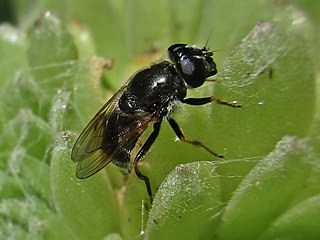
Cheilosia caerulescens is a Palearctic hoverfly.
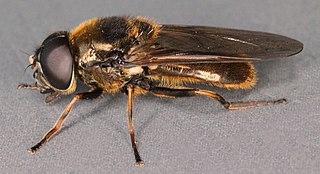
Cheilosia fraterna is a Palearctic hoverfly.
Cheilosia griseiventris is a Palearctic hoverfly. It is not considered as distinct from Cheilosia latifrons by most European workers. It is variously treated in other and older works.
Cheilosia lasiopa is a Palearctic hoverfly. This species was previously misidentified as Cheilosia honesta.
Cheilosia nigripes is a Palearctic hoverfly.

Cheilosia praecox is a Palearctic hoverfly. Speight et al. (1998) indicate that the correct name for this species is C.urbana (Meigen)
Cheilosia sahlbergi is a Palearctic hoverfly.
Cheilosia orilliaensis, the black-backed blacklet, is a common species of syrphid fly observed across North America. Hoverflies can remain nearly motionless in flight. The adults are also known as flower flies for they are commonly found on flowers, from which they get both energy-giving nectar and protein-rich pollen. Larvae when known are plant feeders.













